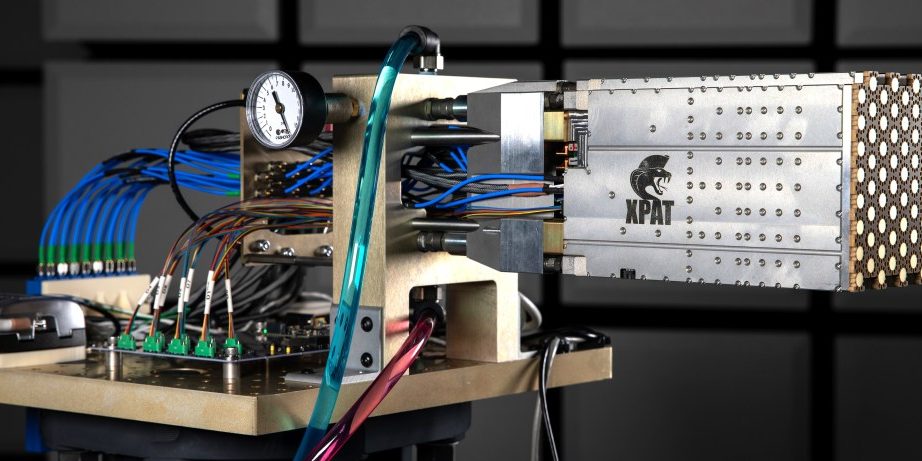Active electronically scanned array (AESA) radars are playing increasingly critical roles today, protecting Warfighters and civilians as part of air and missile defense systems. They are also critical tools on modern test and training ranges, allowing aircrews to train against realistic simulations of real-world threats.
To accelerate modernization of these systems, researchers at the Georgia Tech Research Institute (GTRI) have developed a novel, fully-integrated compact X-band polarization-diverse AESA testbed known as XPAT. The system was developed for operation in airborne and ground-based AESA applications that require a reconfigurable software-defined radio frequency (RF) aperture to meet a variety of requirements and mission sets.
Now being tested in GTRI antenna ranges, XPAT consists of eight-element transmit-receive (T/R) modules, liquid-cooled cold plates that are optimized to reduce thermal gradients between high-power amplifiers (HPAs), power/control electronics, electromagnetic interference (EMI) lids for improved isolation between channels, and a 64-element radiator. The system is designed as a building block for arrays of any planar size and shape and to allow ease of assembly and maintenance using blind-mate interfaces for power, control, cooling, and RF connections.


